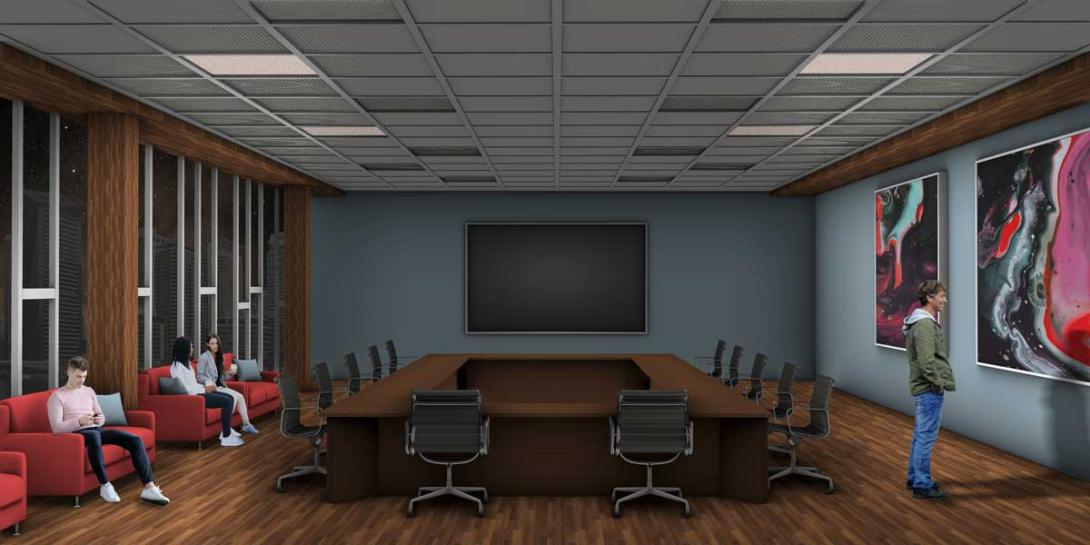The natural evolution of the smart building is toward sentience, where the building can understand how its hardware systems interact with its occupants in a way that maximizes human wellness and productivity while maintaining optimal building systems operation and reducing the building’s carbon footprint. Ultimately, EBESS sees these buildings as critical building blocks of future smart urban systems, where networks of buildings interact with each other, urban services, and the population to optimize safety, energy use, and opportunity.

Sensors and Data
EBESS explores the integration of new and more powerful sensing platforms with the build environment. New, modular sensor platforms integrated directly into the building’s physical, electrical, data, and HVAC systems will generate information on how building services will best meet the needs of its occupants using built-in artificial intelligence at the sensor or network’s edge, autonomously managing occupant wellbeing, energy efficiency, data access, privacy, and cybersecurity.
Sensors, Sensor Fusion and Smart Buildings
Many sensor technologies are used in the buildings, but they are typically deployed with stand-alone capabilities, with inherent limitations associated with a singular sensing technology. EBESS evaluates correlations between networked sensor platforms for more accurate detection of occupancy, movement and activity, and building environmental conditions for a more holistic and accurate depiction of human-building interactions.
Open Data Platforms
These will provide the broad system interoperability from the physical through the network layer for a digitally connected built environment and to both the building industry and urban services. EBESS researchers work together with open standards bodies for monitoring the building structure, energy use, water management, HVAC, and IT worlds to develop and apply the core advances that will create an “internet of the built environment.”
Sentient and Responsive Building Systems
The natural evolution of the smart building is toward sentience, where the building can understand how its hardware systems interact with its occupants in a way that maximizes human wellness and productivity while maintaining optical building systems operation and reducing the building’s carbon footprint. Ultimately, EBESS sees these buildings as critical building blocks of future smart urban systems, where networks of buildings interact with each other, urban services, and the population to optimize safety, energy use, and opportunity.

